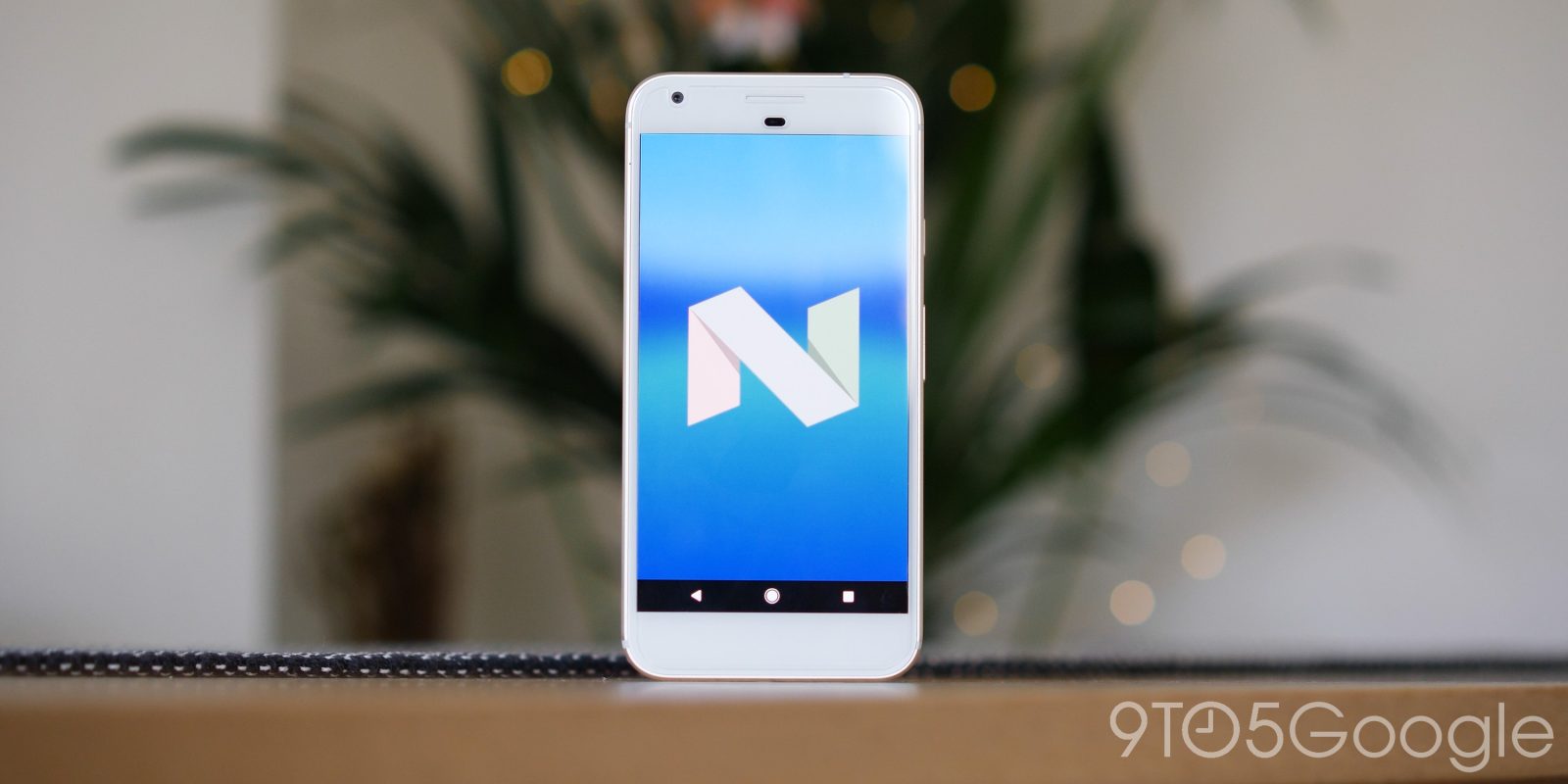
Back in 2016, Google embarked on a more prominent and marketable smartphone line in the form of the Pixel series. The direct successor to the Nexus series came with its own unique build of Android Nougat, something we have come to know as the “Pixel Experience” — not to be confused with the third-party ROM.
The idea of “stock Android” essentially ended with the release of the Google Pixel and Pixel XL. Both devices shipped with an exclusive version of Android Nougat 7.1 with some tweaks that would only be available on Nexus devices in the intervening months, with some outright Pixel-only features to this day.
Protecting your most prominent hardware asset is important, and so having features that are not available elsewhere is one such way to ensure that. For those wondering or ready to fire off complaints and angry comments, “stock Android” has morphed into what we now effectively know as Android One.
Overview
Video — Android Nougat revisited: The birth of the Pixel experience
Subscribe to 9to5Google on YouTube for more videos
The fusion of the Google Assistant
When the Pixel and Pixel XL first launched, they were the first to come with the Google Assistant built-in and truly “integrated.” It’s impossible to debate how the entire experience has morphed into a more cohesive experience since 2016, but we’re seeing the fruits of that early labor from Google. Not bad from an extra that first appeared within the ill-fated Allo chat app.
The main activation method has changed slightly from the Android Nougat days, but the experience remains relatively similar — albeit with some powerful new tricks and options that have cropped up and become enveloped. Pressing and holding the “Home” button remains the best activation method in my own opinion and is only shadowed by the “Squeeze to Activate” method — I’d love to see the latter return on a main gesture-based navigation system. Android Nougat will forever be known as the first “true” integration of the Google Assistant into the mobile OS, but now it’s more in tune with how we use our devices daily.
Announced on stage at the very first Made by Google launch event alongside the first iteration of the Google Home, a key component was the ability to activate the Google Assistant using the now ubiquitous “Okay, Google” hot word. The ability to identify complex commands was something that back in 2016 other AI personal assistants simply could not match. While the gap has narrowed in recent years, the Google Assistant reigns supreme and is now part and parcel of every Android phone out there.
It’s amazing to think just how pervasive and important the Assistant has become as a core component within Android and Google’s own growing ecosystem. It is now found on over 1 billion devices around the globe, making it by far the largest AI-powered voice assistant on the market — but for a time, it was only found on Pixel smartphones.
Exclusive features
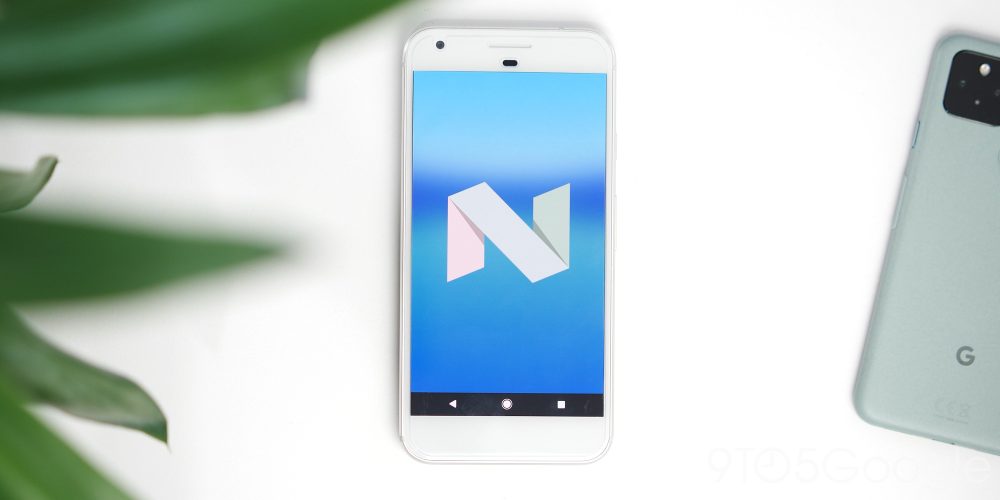
We’ve already mentioned that some exclusive features arrived in the very first Android Nougat build for the Pixel and Pixel XL, some have been steadily adopted in Android One and other third-party ROMs — or even shoehorned into a few popular launchers — but many are still pretty much unique to the Pixel series as a whole.
This change in tact felt at odds with the “open” nature of Google’s prior approach to Android on Nexus hardware. Essentially, the previous and now-defunct Nexus line was a showcase for the platform. Whereas the Pixel-specific version of Android started the ball rolling on a unique version that has its own traits, features, and extras.
Obviously, this was Google’s way of challenging iOS. Moving from software maker to hardware developer, in essence mimicking Apple’s tight software and hardware integration ethos. This means that while simultaneously distributing the core OS that we all know and love as Android, this Pixel-only Nougat build was the first to have a distinct fork from Google directly – a fork complete with unique software features for early adopters to sink their teeth into.
Pixel Launcher
The Pixel Launcher that we know and love today started right here. A default homescreen that when compared to many third-party launchers is pretty basic but one that included the Google Discover Feed integrated with a right swipe from your main home view. It’s amazing to think that after nearly five years, certain Android OEMs are only now starting to add the much-loved feature to respective stock launchers.
A new swipe up gesture tidied access the app drawer, something that was possible with some trailblazing launchers but lacking in many OEM stock options. While an app drawer button is still a useful and solid way of accessing your entire app library, this was likely the first tender steps to full gesture navigation added in Android 10. Although, that’s very much a “leap” on my part there.
Google added a fully dynamic weather and voice search widget too, which has evolved into one of the standout at-a-glance features as part of the Pixel Launcher since Android Nougat launched. As a fully integrated widget, instead of opening an application, you never leave the homescreen. While basic by 2021 standards, getting multiple data streams without having to build a custom widget in this way still remains impressive. Plus many other options lack the integrated nature of the Pixel Launcher widget(s).
App shortcuts
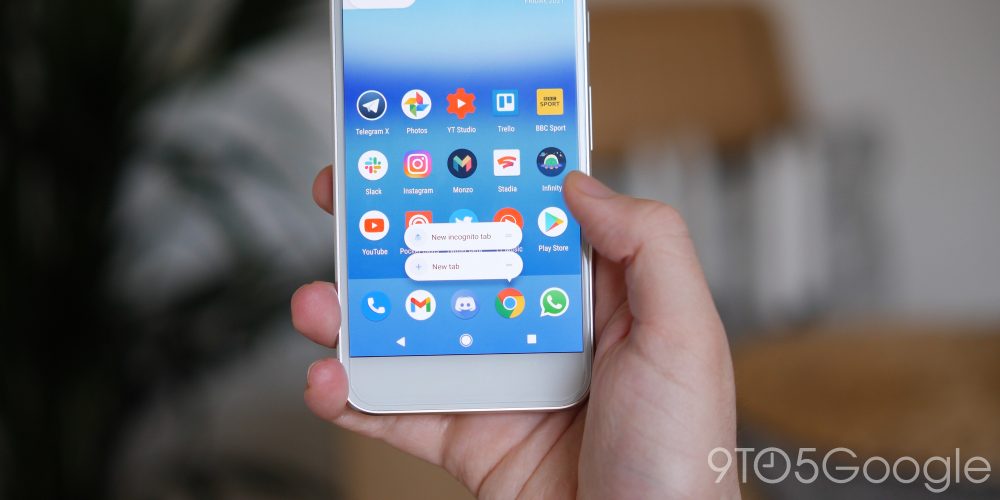
App shortcuts were also introduced in Android Nougat for the first time. This is a feature that you could say was “lifted” from the iOS as a way to mimic 3D Touch. The actions have to be added by developers, and while the feature has been retained, not every app offers the quick launch features to save you from having to tap in-app menus and more.
“Moves” menu
A big component in Nougat was the addition of some system-level gestures joining the activation method for the Google Assistant. Within the “Moves” menu, you can toggle some neat and convenient options to streamline access to certain portions of the OS.
App shortcuts may not save quite as much time as Google would have hoped, but quick gestures like the ability to double press your power button to quickly access your camera are useful everyday options. This still proves to be the fastest way to start taking photos and recording videos. Only a few other Android OEMs have adopted this feature including Samsung and OnePlus, but it’s a fine way to launch into your digital viewfinder.
When the camera is launched, a quick swivel of your phone will switch from the rear-facing camera to the front-facing camera. It’s a neat idea in principle, as it allows you to change quickly without touching your display. In hindsight, it’s actually an awkward move that is slightly pointless when you have to touch your display or volume buttons to activate the shutter. Google has since altered this to a double-tap within your viewfinder – which makes a lot more sense.
Other notables within the “Moves” menu include the addition of “Fingerprint gestures,” which utilize the renamed Pixel Imprint rear capacitive fingerprint scanner. A swipe down on the fingerprint scanner opens up the notification shade and associated quick toggles.
Daydream VR
We all know how this went. Rip in pieces. VR on mobile with low-resolution displays probably isn’t something to lament too much. YouTube VR also came pre-installed, but mass-market virtual reality hasn’t been quite the success Google would have hoped.
Night light
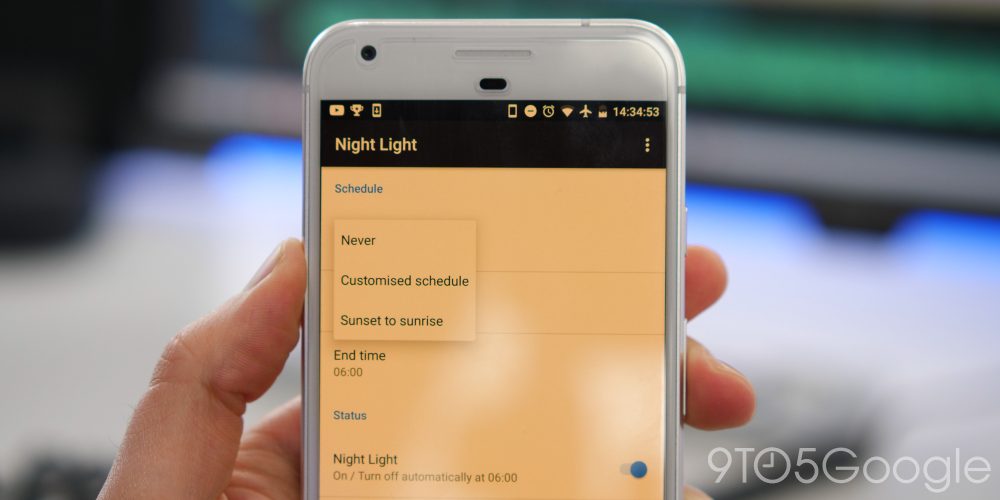
Plenty of research has been done surrounding the perceived negative effects of “blue light” when staring at your screen late into the evenings. One of the most popular options on the market was from F.Lux, a solution that would change the color tone of your display to help curb the effects of “blue light” on your sleep patterns.
Android Nougat on the Pixel and Pixel XL was the very first iteration to introduce “Night Light.” This simply mimics F.Lux by adjusting the color tone of your display to something more akin to candlelight. Does it work? Maybe. Being able to set a customized schedule was a sensible decision, but Google still doesn’t do enough to make the option visible. The feature is still alive and kicking in Android 11 but with further controls over the intensity of the effect.
Smart storage
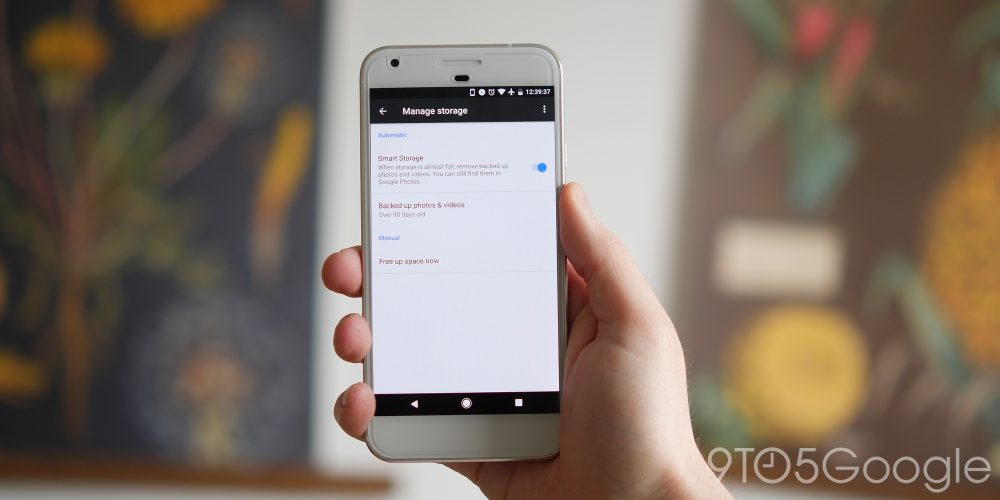
With on-device storage increasing year-over-year, the Pixel launched with free Google Photos storage for full-resolution images and videos — only to have that ripped away with recent hardware releases. While that is frustrating, Android Nougat on Pixel hardware did tout a neat feature that is still incredibly useful today.
The Smart storage feature essentially knows when any photo or video content has been backed up to your Google Photos account. Should your device storage be full or getting close to full, these files will be automatically deleted. We’ve seen this feature come to the Files by Google app in recent years, but it was first on Pixel.
Restart menu
Yes, it took until Android Nougat to add an option to restart your device alongside shut down in the “core” OS build.
Pixel camera
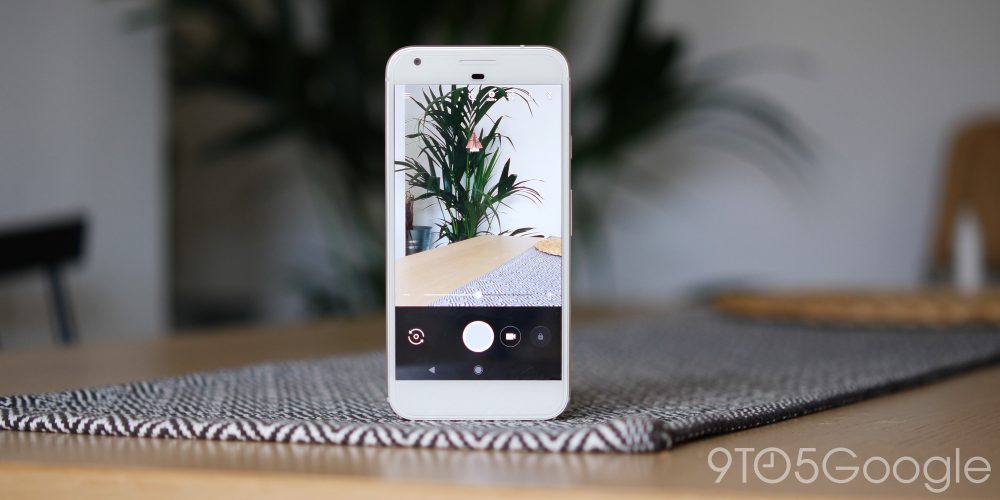
It’s amazing to see the evolution of the Pixel camera. The initial build found within Android Nougat is very basic by today’s standards, but it’s this simplicity and the still impressive end results that endear classic Pixel shots to those in love with contrast-heavy digital images.
The main viewport hasn’t changed too drastically, but there is no denying that the Pixel camera experience has improved from release-to-release.
How it feels today
The problem with the vast majority of Android phones released at the time of the Pixel was the “experience gulf” in the platform and iOS. You can see why people compared the original Pixel to the iPhone, the experience took the sometimes homebrew look and feel of the Nexus line – mainly due to the hardware – and fused some premium-feeling hardware.
To be honest, I’m blown away just how smooth Android Nougat runs some four years after release. It’s worth noting that my Pixel XL is technically new, in the sense that I managed to pick it up sealed some weeks ago. That undoubtedly plays a huge part in the clean experience, but I’m assured that the Snapdragon 821 and 4GB RAM handles Android 10 in much the same way.
Sure, you can’t get updated as far as Android 11 officially, but the clean Pixel-specific Experience has aged exceptionally. Would I like all of the new features that come with Android 11? Sure. I’m surprised at how much I don’t miss and certain aspects of the UI, in some ways, feel great. The Settings menu side menu might be sort of redundant but it sure makes switching between sections much faster.
Android’s handling and organization of notifications still prove to be exceptional when compared to iOS. Even Android Nougat does a better job of stacking app notifications and still keeping them accessible. We’ve seen some major tweaks to how Android is navigated and some UI design portion changes, but Android Nougat still feels like a distant cousin of Android 11 on Pixel hardware.
Android Nougat: In retrospect
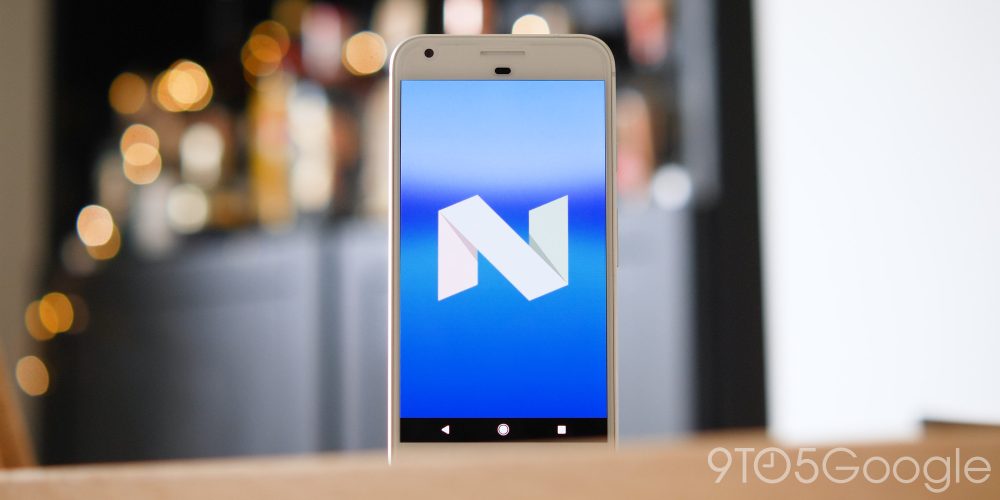
It’s amazing how many of the features in Android Nougat have merely evolved rather than outright changed since the launch of the Pixel and Pixel XL. Google’s biggest play in retrospect was to fully integrate the Google Assistant into the mobile OS. And it’s hard to deny that it has more or less paid off – or as much as it could have given the limited commercial success of the Pixel series.
Evolving from just a query generator with some basic task activation, the endgame has always been complete device control. With the release of the Pixel 4, the “new” on-device Google Assistant is about as close to that goal as we have seen. The Google Assistant understands on-screen content and context, with all of this being processed without requiring a direct data connection. Duplex and features like it will put the Assistant into real-world scenarios in ways that were not possible even just 4 years ago.
While the Samsung of 2016 still struggled to shape and control what was once TouchWiz into Samsung Experience, if you wanted stability, slick performance, and certain “core” features ahead of time and long before they arrive on other Android hardware, then you had to go with a Pixel. Sure, you can get extras from other OEMs, but by creating a separation between the “stock” and “Pixel” experience, Google helped create its own unique foundations within the hardware space.
Just how long it takes to achieve mainstream success remains to be seen. If the Pixel series does fail, the Google Assistant has at least been an unbridled success.
FTC: We use income earning auto affiliate links. More.
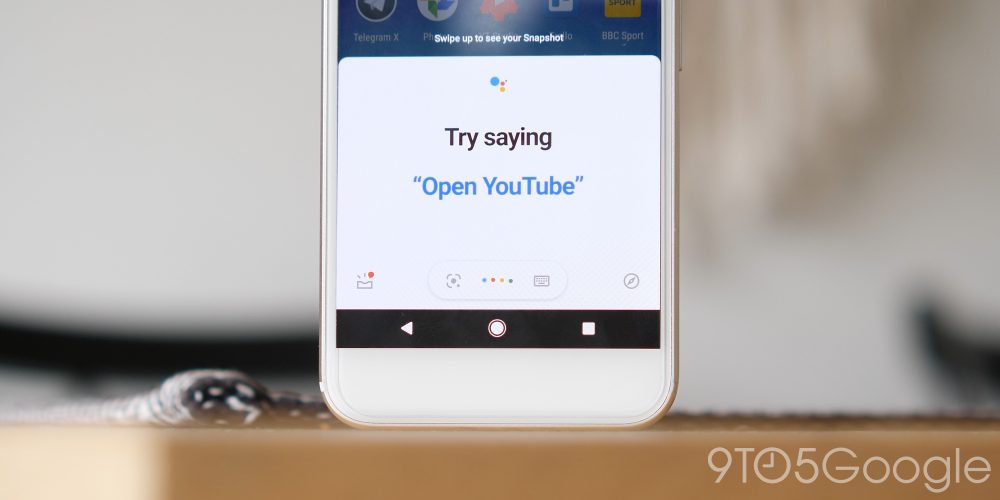
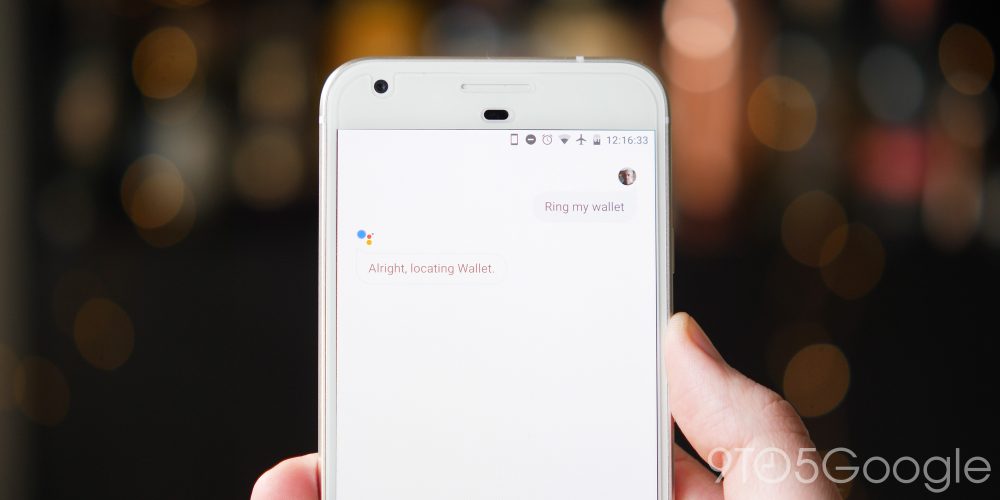
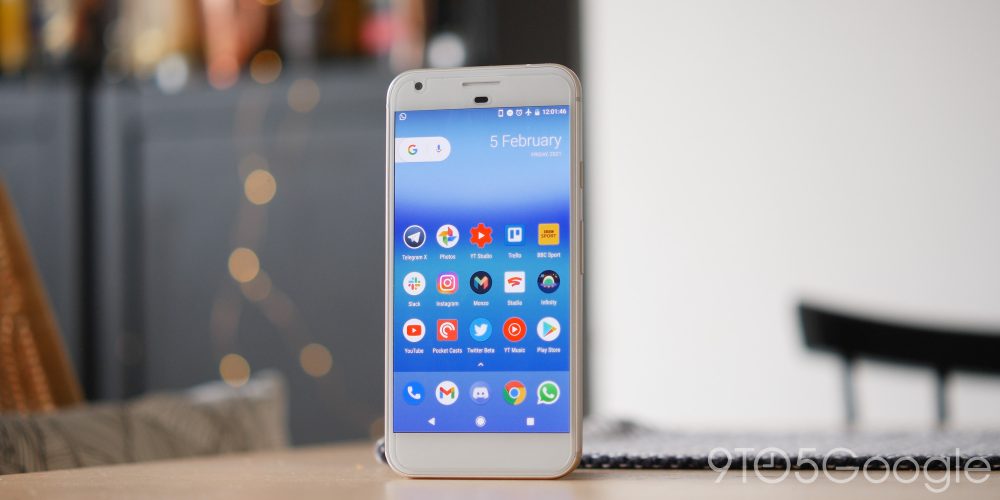
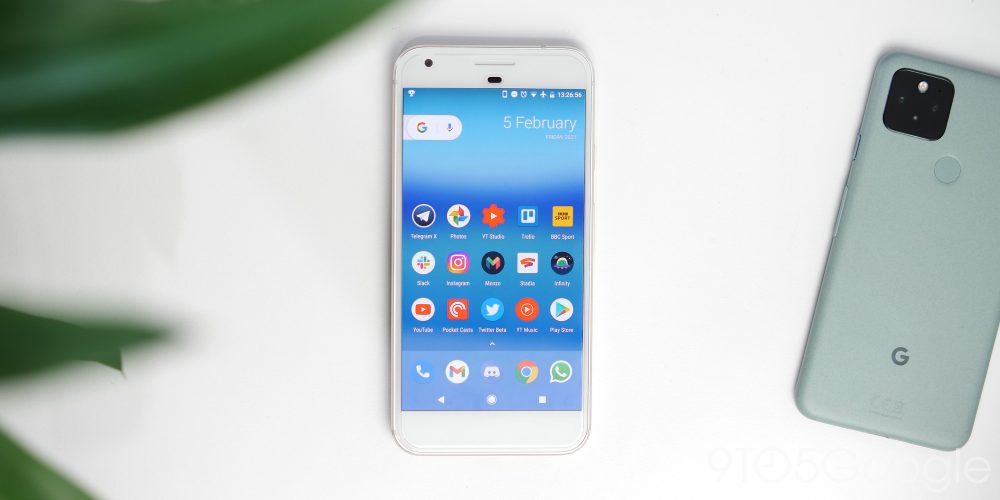
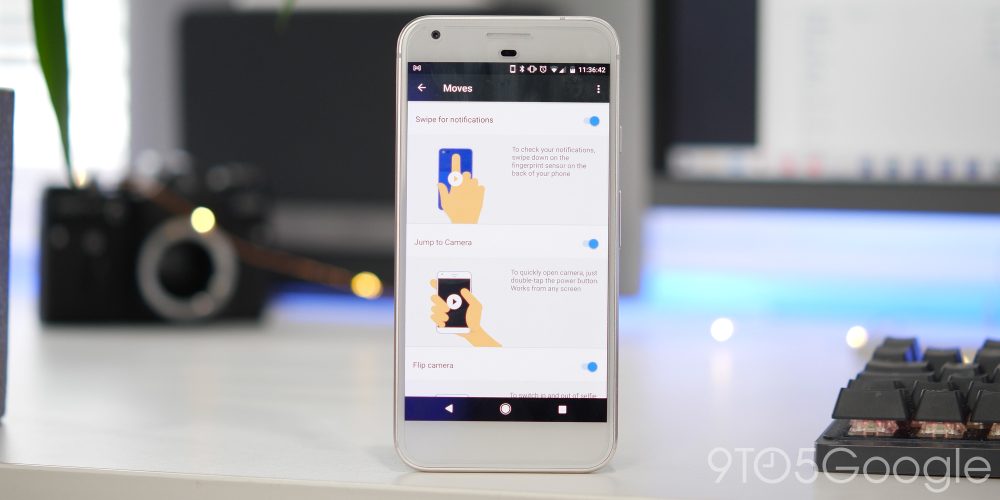
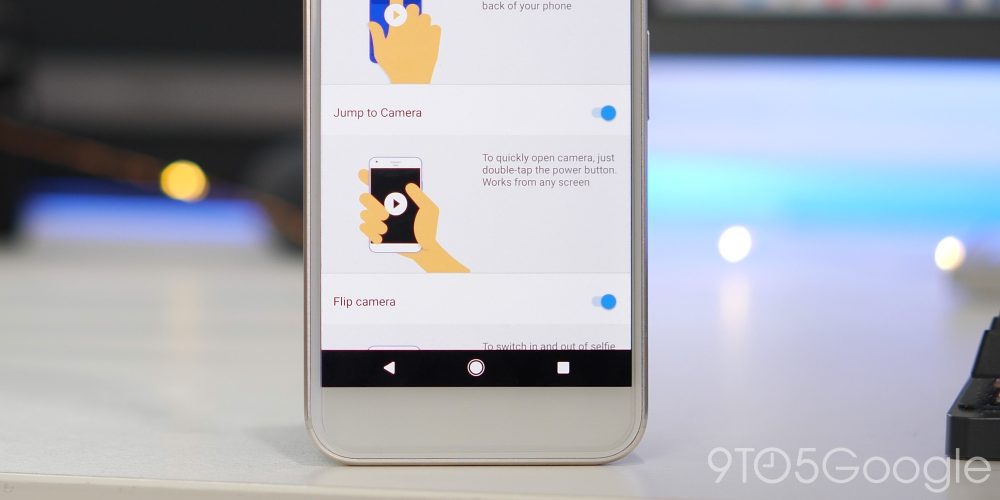
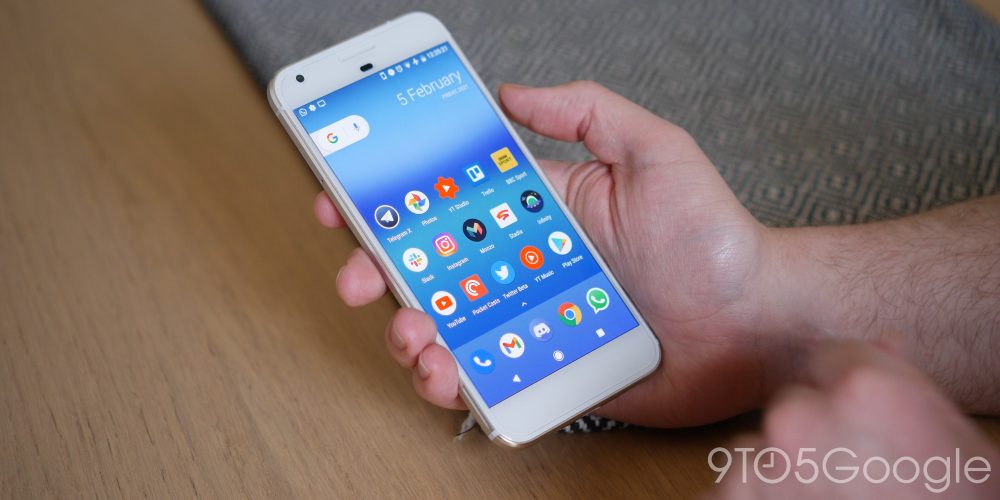
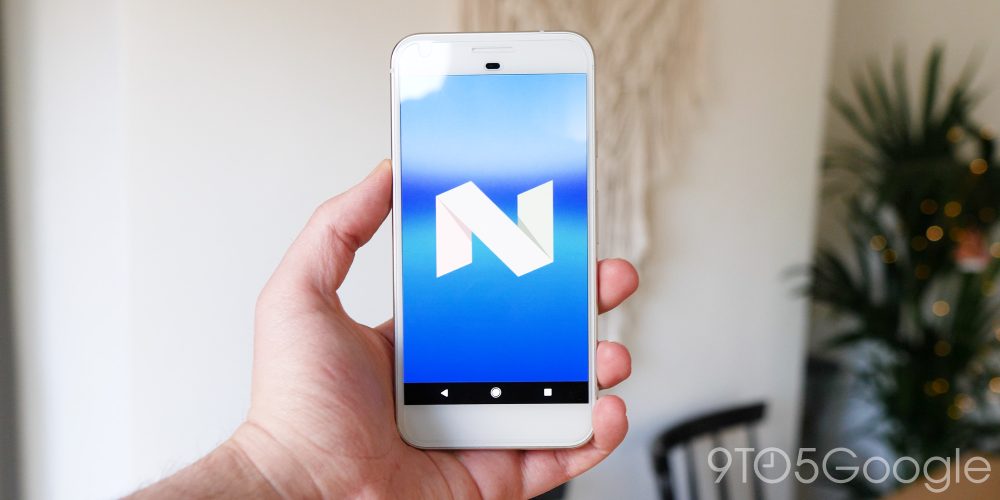


Comments